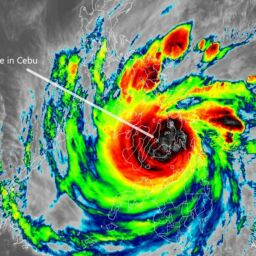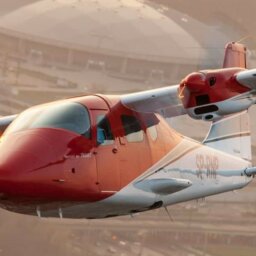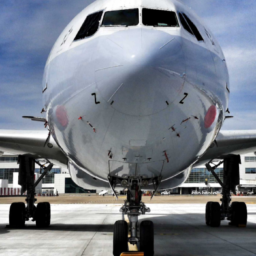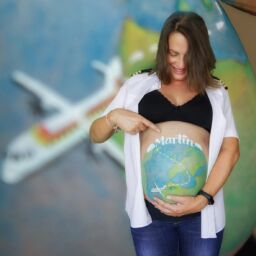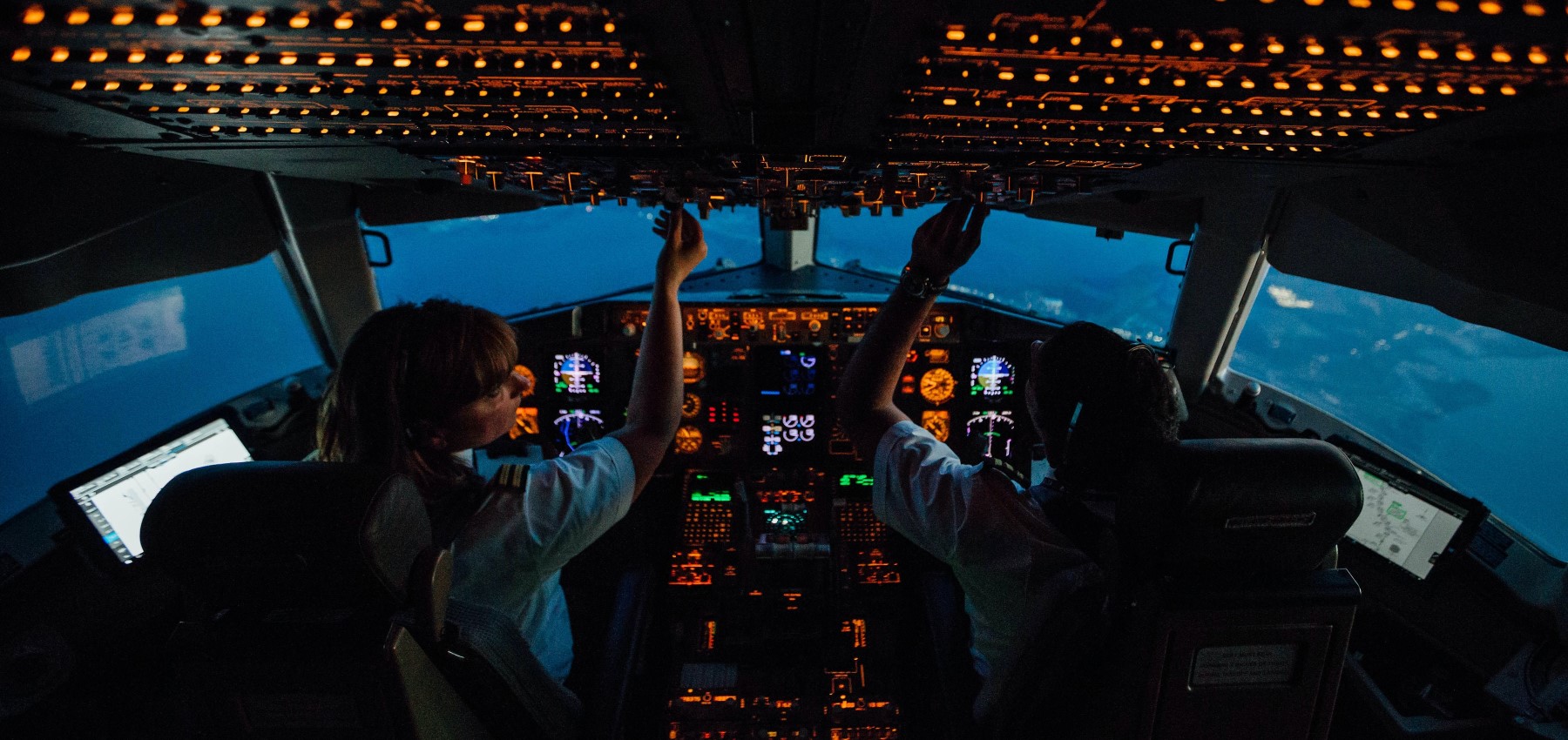
How far away are we from commercial aviation without pilots in the cockpit? Will pilots lose the battle against artificial intelligence?
Figures show that pilot error is the biggest cause of aviation accidents. According to Boeing [ ⇑ ], approximately 80% of all incidents and accidents are caused by human error or human deficiency. But that number includes air traffic controllers and mechanics. Pilot error counts for 50% of all accidents. Modern autopilot systems and artificial intelligence (AI) are making flying more safe and pilots less necessary.
Labor costs are also a reason for airlines and aircraft manufacturers to look at unmanned commercial aviation. The question is not whether pilots will be taken out of the cockpit, but rather “how” and “when”? The answer to the latter question is very simple: as soon as possible, without compromising flight safety!
Pilot cost
According to Jean-Paul Rodrigue in his book ‘The Geography of Transport Systems’ [ ⇑ ] labor is the most important operating cost of an airline. Crew salary and crew training make up more than 30% of the total flight cost, followed in second place by fuel at 20%. These figures date from 2020, and differ a bit from what IATA and ICAO say. According to IATA’s Fuel Fact Sheet [ ⇑ ], the cost for fuel in 2022 has risen to 30% due to the geopolitical tensions. An ICAO study [ ⇑ ] says crew cost is only 20%.
Further breakdown of the costs into Flight Crew and Cabin Crew depends on the aircraft fleet. Two pilots and 2 cabin crew on an Embraer 170, or two pilots and 20 cabin crew members on an Airbus 380 make a difference in the actual part of pilot costs.
Looking at the flight itself, pilots fly the aircraft manually for a maximum of ten minutes. Leaving aside other tasks, such as ATC and flight management, the pilot contributes barely 8% (on a two-hour flight) to as low as 2% (on a long-haul flight) of time to the flight. Looking at the numbers from this perspective, with automation accounting for more than 90% of the flying, the pilot becomes extremely expensive for the airline.
But removing pilots from the cockpit also incurs other costs, such as certification and additional ground support. This makes the plan not a top priority. Instead, airlines are focusing on cutting fuel costs. These costs will rise even further when airlines must pay for emitting carbon dioxide. With the global pursuit of a green planet, the focus for aircraft manufacturers now is more on building fuel-efficient aircraft or aircraft powered by alternative energy. While a pilotless cockpit is not the highest priority, further automation of the systems remains very important in the competition between aircraft manufacturers!
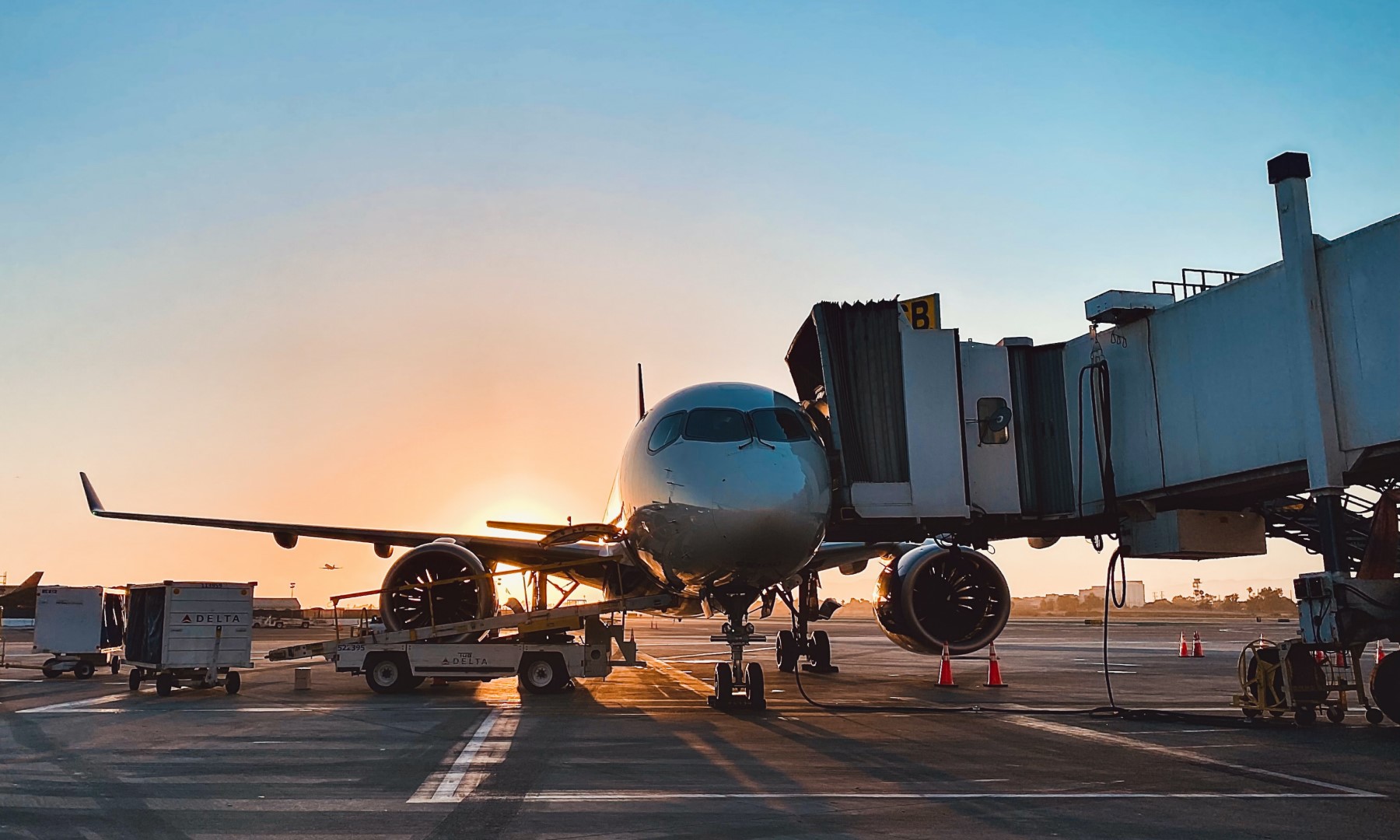
Flying Skills
In both space travel and military aviation, we already see a large number of Unmanned Aerial Vehicles (UAV) that can fly completely autonomously. From a technical point of view, it is already possible today to build a commercial airliner that can fly without pilots. But there are also differences.
Space rockets and military drones depart from their own individual platform. Electric Vertical TakeOff and Landing (eVTOL) aircraft don’t need a runway. Even if a Boeing or Airbus aircraft were to be able to takeoff and land completely autonomously, busy airports require additional automation to queue dozens of aircraft. Aircraft could use AI technology from self-driving cars and trucks for the purpose of taxiing. Another solution is to authorize Air Traffic Control (ATC) Tower to guide aircraft to the runway and to the gate, similar to the magic and charm of a Märklin model railroad.
In contrast to the (un)controlled airspace used for military aviation, pilotless commercial aircraft require the integration of ATC. There must be an interaction between ATC and the onboard computer. That technology already exists today. CPDLC instructions, such as “climb to 37,000 feet” or “reduce speed 250 knots”, already go straight to the autopilot of some aircraft, like the Boeing 787. The pilot only needs to press the ACCEPT button to confirm the ATC command and initiate autopilot action.
The advantage of automation is that all aircraft can land with zero visibility. And for situations where eyes are needed, ultra-violet (UV) and infra-red (IR) cameras with AI can take over from the human pilot.
Technical malfunctions
But what if a malfunction occurs? Engine failure, unreliable instruments, jammed flight controls. The list of possible malfunctions is very long.
On aircraft without a crew alerting system, such as the Boeing 737, we see during training and in accident reports that pilots sometimes incorrectly analyze a system failure or accomplish the wrong non-normal checklist. New regulation that comes into effect in 2023, requires a modern crew alerting system on all new commercial aircraft. These systems already exist on other Boeing aircraft, as well as on the entire Airbus and Embraer fleet. The system analyses the defect itself and indicates which checklist the pilots must carry out.
It doesn’t take much additional automation for the aircraft to execute that non-normal checklist on its own. Already today, most commercial aircraft require the pilot to immediately engage and rely on the autopilot in the event of an engine failure. With modern fly-by-wire technology, the autopilot can also handle secondary mode or jammed flight controls, unreliable airspeed indication, and other complex failures.
Still, it will take a long time before the pilot loses the battle against AI. The AI software follows a “by the book” rules-based logic, and cannot make human-type “generative intelligence” decisions. The flight crew of Qantas flight QF32 [ ⇑ ] was faced with an unprecedented number of checklists and opted for an out-of-the-box working method, rather than completing all checklists by the book.
The Captain
The duties of the pilots are much more extensive than just flying an aircraft and dealing with technical failures. The captain is in charge of the crew, the passengers and all related services.
Responsibility for a number of services may be shifted from the captain to the senior flight attendant or ground handling. You don’t need a pilot to make the final decision on passenger affairs, catering, cleaning or cargo loading. The cabin purser can make in-flight decisions regarding unruly pax, cabin fire or medical emergencies, and initiate an enroute diversion literally at the touch of a button.
But who decides on extra fuel? Who recalculates the takeoff performance when it starts to rain? Who decides on de-icing if it suddenly starts to snow during taxi-out? Automating all this with sensor-driven AI is technically feasible, but not yet operational today.
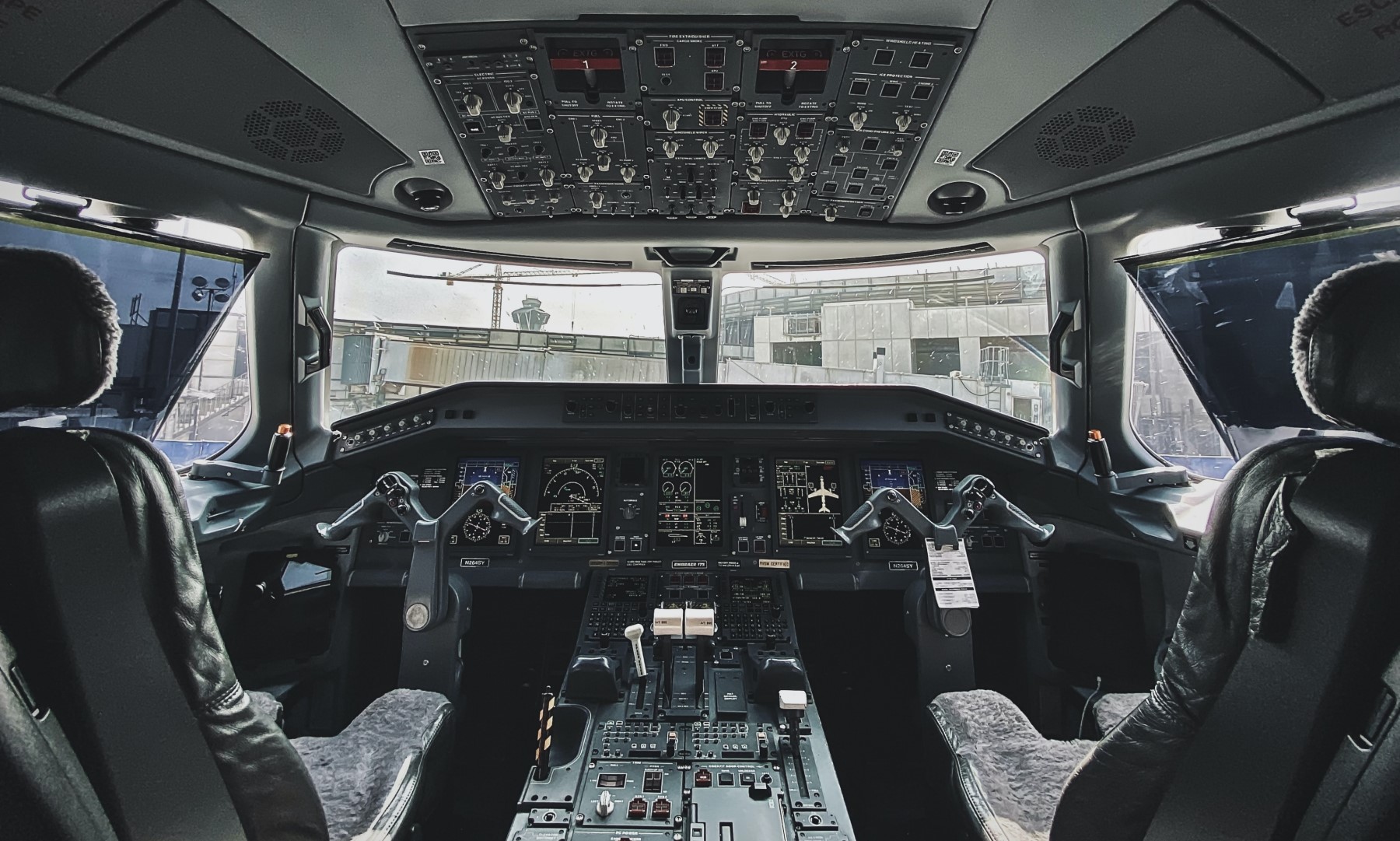
Unmanned Aircraft
If we remove the pilots from the cockpit, the question is how the airplane is controlled? In military and scientific drones, an operator on the ground replaces the pilot in the air. The operator can control the aircraft flight path, thousands of kilometers away.
ICAO classifies uncrewed aircraft as either “remotely piloted aircraft” or “fully autonomous”. Today there are already 20,000 unmanned vehicles flying around, not counting private customer drones. In the weight class above 150 kg / 300 pounds, almost all unmanned aircraft are remotely piloted.
An operator on the ground has numerous advantages, such as immediately replacement in case of pilot incapacitation. On long distance flights, the next shift can simply take over the controls and the first pilot can go home. And while the salary of such a ground operator may be similar to that of airborne pilots, the operator can handle several flights simultaneously.
But what happens if communication fails, or the signal is jammed or hacked? The onboard system must then be able to decide autonomously whether to continue flying to the destination or to divert. This technology already exists in military aviation.
Single Pilot Operation
The Cirrus Vision, a single pilot commercial jet, is equipped with Safe Return Emergency Autoland [ ⇑ ]. In the event of pilot incapacitation, the passengers must simply press a button and the aircraft will land at the nearest suitable airport by itself. NASA conducts a study [ ⇑ ] into “Single Pilot Operation” (SPO) for larger passenger aircraft. The concept consists of one pilot on board and an operator on the ground who acts as a backup co-pilot.
Airbus is investigating [ ⇑ ] “Reduced Crew Operations” (RCO) having two pilots on board, but only one pilot is in the cockpit during cruise flight. With an upgrade of the autopilot, the Airbus 350 can initiate an autonomous emergency descent in the event of decompression. This solution would allow airlines to operate long-haul flights without the cost of an additional “Cruise Relief Pilot”.
Current regulations allow SPO in commercial aviation for up to 9 passengers. Will this expand to 50 or say 400 passengers in the near future? SPO requires a completely new design of the cockpit, with extensive digitization and protection against cybersecurity. It may even require the presence of a unisex toilet in the cockpit! In its 2019 paper [ ⇑ ], the Airline Pilots Association (ALPA) – the largest pilot association in the world – points out the dangers of SPO.
There are a number of smaller projects developing modifications to existing aircraft to fly commercially without pilots in the cockpit. But a pilotless plane that can carry more than 100 passengers is not on the roadmap today.
Liability
Technology can largely reduce the number of accidents caused by pilot error, but can never bring it down to 0%. Even with fully autonomous aircraft, there will always be a number of incidents and accidents. Who is liable? Self-driving cars raise the same question about responsibility and accountability. Who pays for the damage to your private Cirrus Vision jet when your Tesla car runs away? (video)
In SPO, the pilot in the cockpit acts as captain of the flight and bears ultimate responsibility. When an operator controls the aircraft from the ground, the responsibility also shifts to the ground. But the liability still remains with the airline company.
If commercial airplanes were ever to fly fully autonomously, that responsibility would fall to the manufacturer. Or with ATC, in the event of wrong instructions.
The regulatory transition towards SPO in commercial aviation will probably take more time than the technological transition. In 2022, EASA published the world’s first rules [ ⇑ ] for operation of (unmanned) air taxis in cities. These rules complement existing EU regulatory material for operations of Unmanned Aircraft Systems (UAS). Other aviation authorities are also working on new regulations.
The Human Pilot
Technology and AI can already replace our flying skills and handle technical failures today. But from an operational and regulatory point of view, we are not ready yet for remotely operated, single pilot or fully autonomous commercial aviation. Further development is necessary in order not to compromise flight safety. But no doubt that technology is coming in the next decades.
Travelers are no longer concerned about taking an unmanned subway or train. Public perception is not yet ready for unmanned passenger air travel. But self-driving cars and unmanned commercial aviation are undoubtedly on the way. Starting with unmanned electric air taxis, commercial aviation will see one or both pilots removed from the cockpit in the near future.
I remember in the 90s, at the beginning of my flying career, the flight engineer was also taken out of the cockpit. Cadets graduating as first officer today, like my son, may end their professional career as lone pilot on the flight deck.
Share this article with your friends and colleagues:



